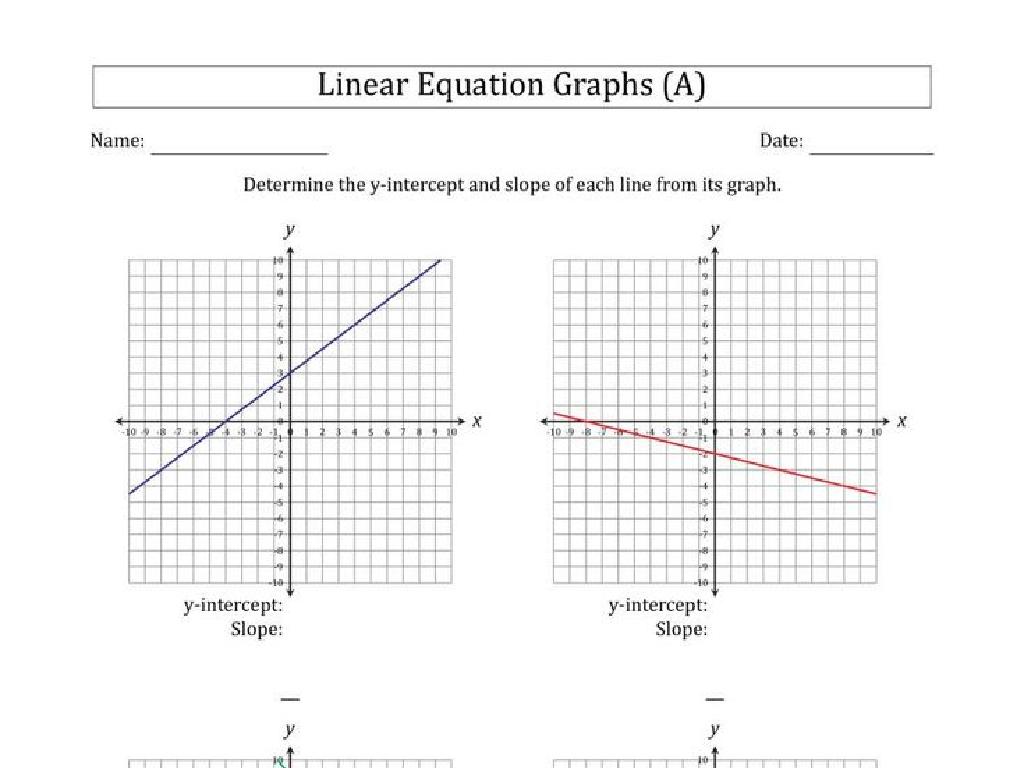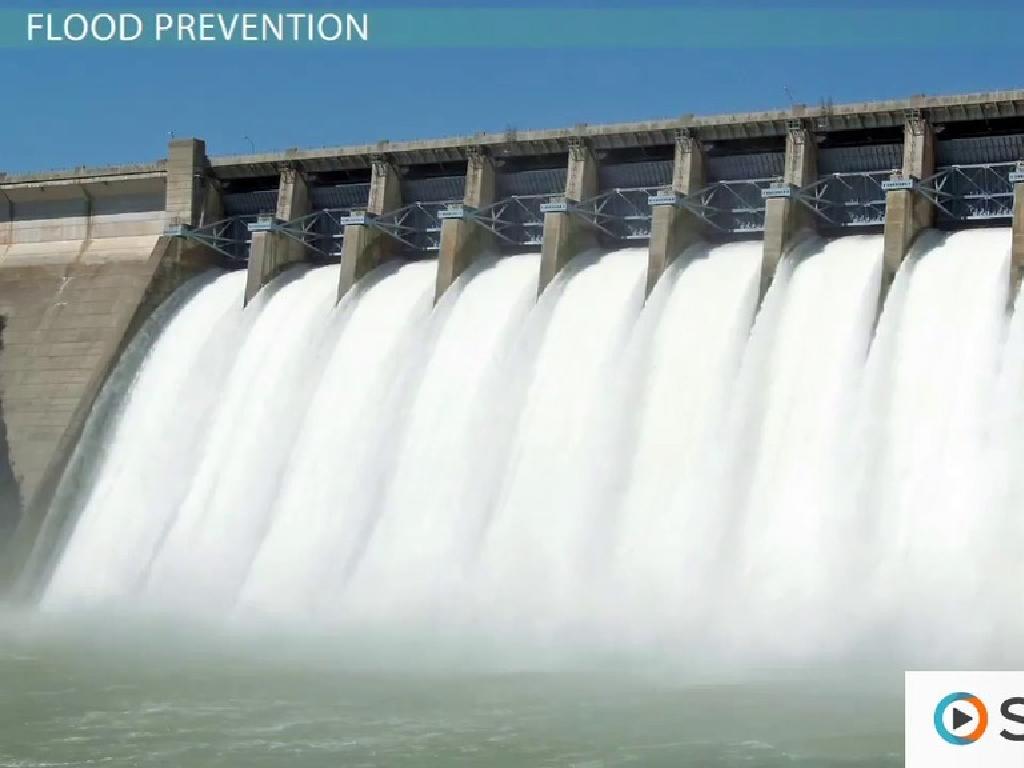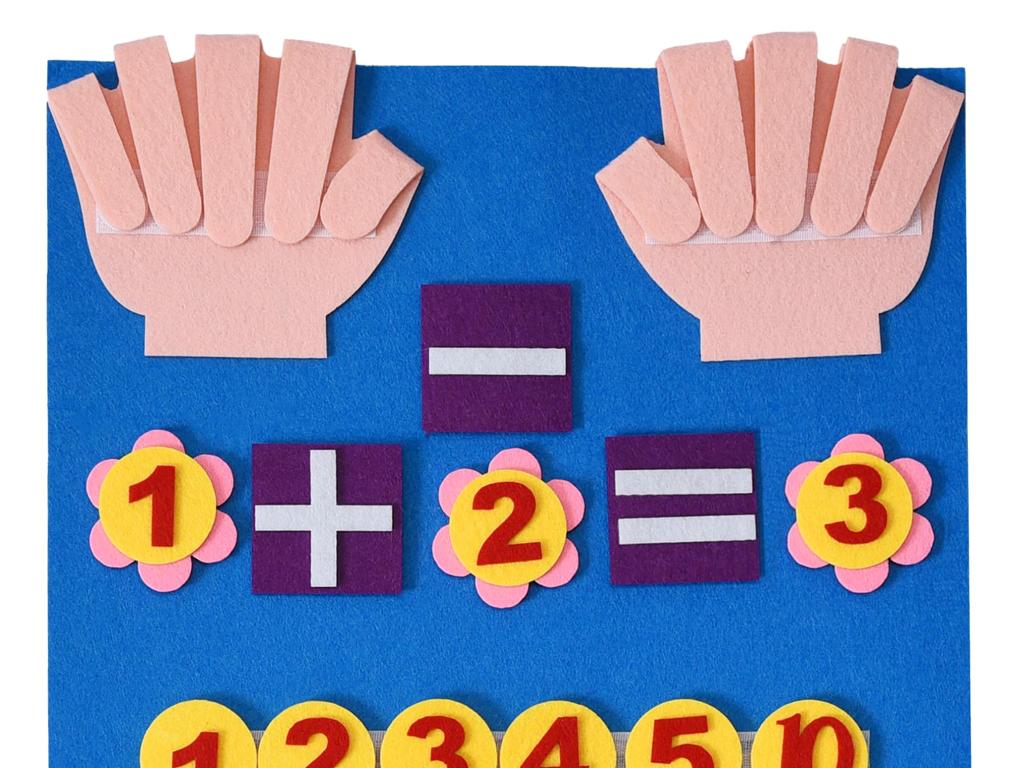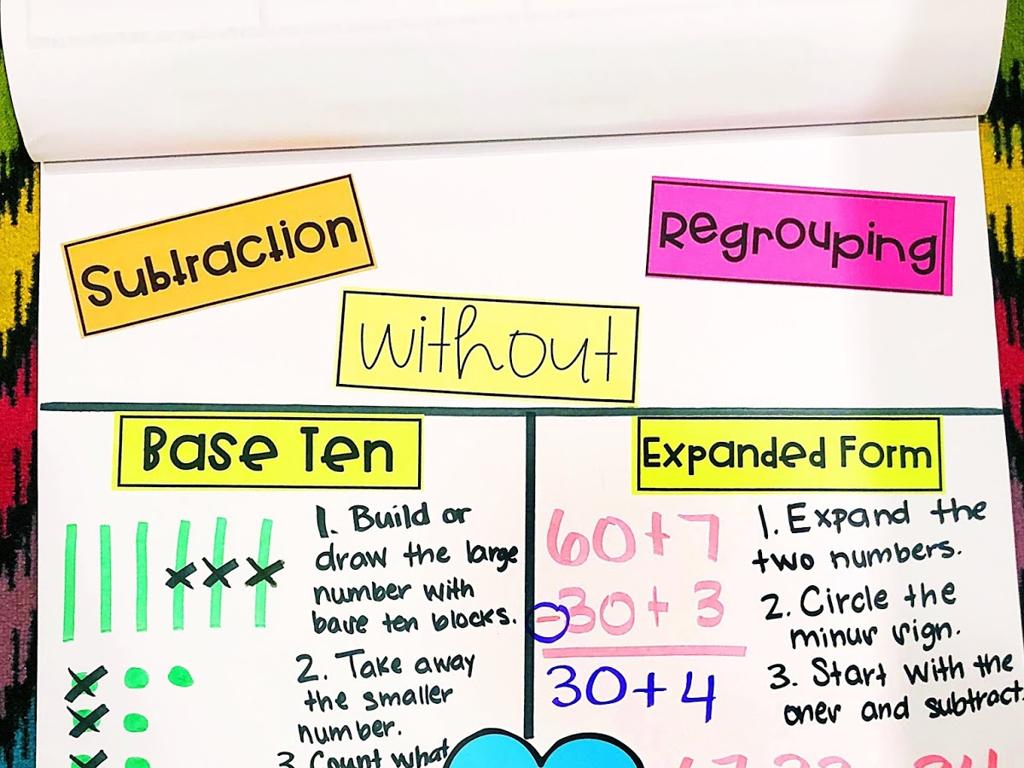Cities Of The Northeast
Subject: Social studies
Grade: Fourth grade
Topic: Cities
Please LOG IN to download the presentation. Access is available to registered users only.
View More Content
Exploring Cities of the Northeast
– Discover the Northeast region
– A region known for history, culture, and economy.
– Why Northeast cities matter
– They’re hubs of culture, history, and economy.
– Today’s learning journey
– We’ll explore famous cities and what makes them special.
|
This slide introduces the Northeast region of the United States, which is rich in history, culture, and economic significance. Emphasize the role that cities in the Northeast have played in shaping the country. They are not only centers of commerce and industry but also of cultural heritage and historical events. Today’s lesson will cover some of the most iconic cities in the Northeast, their characteristics, and why they are important to the nation’s development. Encourage students to think about what they already know about the Northeast and what they are curious to learn.
What Makes a City?
– Definition of a city
– A city is a large town with many people and buildings.
– Characteristics of cities
– Cities have lots of people, tall buildings, and many services like schools and hospitals.
– Cities in the Northeast
– Examples: New York City, Boston, Philadelphia
– Why cities are important
|
This slide introduces students to the concept of a city. Begin by defining a city as a large and densely populated urban area. Discuss the characteristics that make up a city, such as its large population, the presence of many buildings including skyscrapers, and the variety of services available to its residents, such as transportation, education, and healthcare. Provide examples of cities in the Northeast, highlighting their unique features and historical significance. Emphasize the role cities play in our society as centers of culture, economy, and social interaction. Encourage students to think about their experiences in cities or what they might expect to see and do in a city.
Major Cities of the Northeast
– Explore New York City
– Known as the Big Apple, it’s a city of skyscrapers and landmarks like the Statue of Liberty.
– Discover Boston’s history
– Boston is famous for the Boston Tea Party, which was important in American history.
– Learn about Philadelphia
– Philadelphia is where the Declaration of Independence was signed.
– Find Washington D.C. on a map
– Washington D.C. is not only the capital but also home to many national monuments and museums.
|
This slide introduces students to the major cities of the Northeast, focusing on New York City, Boston, Philadelphia, and Washington D.C. Each city has its unique historical significance which has shaped the nation. New York City is a bustling metropolis and a symbol of American culture. Boston’s role in the American Revolution, particularly events like the Boston Tea Party, makes it a key city in the nation’s history. Philadelphia is known as the birthplace of American democracy, where the Declaration of Independence was signed. Washington D.C. is the capital of the United States and is rich with national landmarks. Encourage students to locate each city on a map to understand their geographical positions. This will help them connect the historical importance of these cities with their locations.
Economy and Culture in Northeast Cities
– Types of jobs in Northeast cities
– Finance, healthcare, education, and technology
– Industries driving the economy
– Wall Street, hospitals, universities, and tech startups
– Cultural landmarks and activities
– Statue of Liberty, Broadway, historical tours
– Economy’s impact on city identity
– A city’s job market and cultural scene define its unique character
|
This slide aims to give students an understanding of how the economy and culture in Northeast cities are intertwined and contribute to the city’s identity. Discuss various jobs, such as those in finance on Wall Street or in technology at startups. Highlight industries that are prominent in the Northeast, like healthcare and education, with examples of famous hospitals and universities. Explore cultural landmarks like the Statue of Liberty and activities such as Broadway shows and historical tours. Explain how these economic and cultural elements shape the identity of a city, making each one unique. Encourage students to think about what makes their own city or town special and how its economy and culture are reflected in their daily lives.
City Life vs. Rural Life in the Northeast
– Compare city to rural living
– Cities are busy and full of people, while rural areas are quieter and more spread out.
– Benefits of city life
– Cities offer more jobs, shops, and activities.
– Challenges of city living
– Cities can be crowded, noisy, and sometimes have more pollution.
– Relate to known cities
– Think of New York City’s bustle vs. the calm of a small town in Vermont.
|
This slide aims to help students understand the differences between urban and rural environments, particularly in the Northeast. Start by discussing the characteristics of city life, such as the availability of amenities, cultural institutions, and public transportation, versus the tranquility and space found in rural areas. Highlight the advantages of cities, like greater employment opportunities and access to services, but also address the downsides, including pollution and noise. Encourage students to think of cities like Boston or Philadelphia and compare them with countryside areas they might be familiar with. This comparison will help them appreciate the diversity within their own region and understand the unique aspects of different living environments.
Challenges in Northeastern Cities
– Common urban problems
– Traffic jams, air pollution, too many people
– Northeast’s approach to issues
– Public transportation, parks, better roads
– Think about solutions
– What can we do to make cities better?
– Discuss as a class
|
This slide aims to introduce students to the various challenges that cities, specifically in the Northeast, face such as traffic congestion, pollution, and overcrowding. Highlight how these cities are implementing solutions like improving public transportation, creating green spaces, and developing infrastructure. Encourage students to engage in critical thinking by asking them to come up with their own ideas for solving these urban issues. Facilitate a class discussion where students can share their thoughts and learn from each other’s perspectives. This activity not only educates them about the problems but also empowers them to be part of the solution.
Design Your Ideal City
– Imagine your perfect city
– List the features it would include
– Parks, museums, transportation, etc.
– Solutions for city problems
– Think about traffic, pollution, safety
– Share your city ideas in class
|
This slide is meant to inspire creativity and critical thinking among the students. They are tasked with envisioning their ideal city by considering what makes a city great for its inhabitants. Encourage them to think about the features that would make their city enjoyable, like green parks, fun museums, and efficient transportation. Then, ask them to address common urban problems such as traffic congestion, pollution, and public safety, using what they’ve learned about cities of the Northeast. This activity will help them apply their knowledge in a practical way and understand the complexities of urban planning. In the next class, students will have the opportunity to present their ideas and discuss the various solutions they’ve come up with.
Class Activity: Build Your Ideal Northeastern City
– Form groups and plan your city
– Create a city model with craft materials
– Highlight Northeastern city features
– Think about weather, culture, landmarks
– Present and explain your city design
|
This activity is designed to foster teamwork and creativity as students work together to build a model of a city. Encourage them to think about what makes cities in the Northeast unique, such as historical landmarks, coastal features, or specific cultural elements. Provide a variety of craft materials and give them freedom to be innovative with their designs. As they present, ask them to explain why they included each feature and how it relates to the Northeastern cities they’ve learned about. This will help them connect their creation to real-world concepts. Possible variations of the activity could include focusing on sustainability, transportation systems, or community services to cater to different interests.






